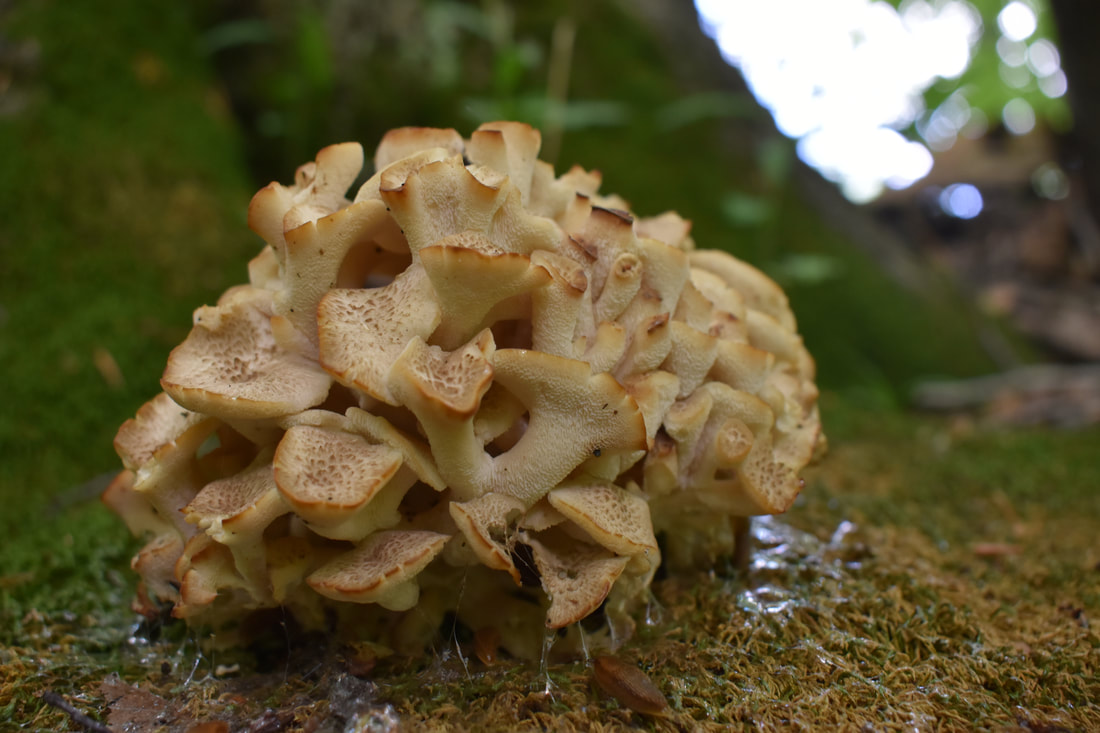|
ACTION ITEM: Sign a petition in support of students who want to change the name of the Entomological Society of America's annual competition, the Linnaean Games, and read their open letter to the ESA board on why it is necessary to do so. The text below offers further encouragment and background information, which is certainly relevant to mycologists as well. Carl Linnaeus is one of many white historical figures whose legacy has been warped over time to hide away problematic aspects. We learn about Linnaeus at a very early age as the inventor of Latin binomials, a system of naming living organisms that is now highly encoded and regulated process for all life forms, including fungi. But what we don't learn about in school is his deeply racist beliefs of white supremacy, which were preserved in his scientific writings as an ordination of human races and ascription of pejorative moral and behavioral qualities to non-white people. It's awful stuff. As Linnaeus is the father of taxonomy, he is equally the father of scientific racism.
0 Comments
MycoBank Taxonomy: Fungi, Dikarya, Basidiomycota, Agaricomycotina, Agaricomycetes, Polyporales, Polyporaceae, Polyporus This magnificent and exceptionally delicious mushroom is universally regarded as rare. While mushroom hunters may never see Polyporus umbellatus, if you do find it, you will be able to come back year after year to the same location for a new harvest. P. umbellatus grows from the ground as a parasite and saprobe of the roots of hardwood trees. It appears from May to October (spring and fall, but typically not summer) across North America, growing as a fractal rosette of umbrella-shaped fronds. For some people, the mushroom has less appeal than what is going on in the soil. Over many years perhaps, P. umbellatus forms a large subterranean mass called a sclerotioum. Sclerotia are hard resting structures capable of longterm dormancy for survival in drought and cold. Some sclerotia are small like seeds and others are as big as basketballs. In the case of P. umbellatus, the sclerotia can be enormous, more than a foot in diameter, with a solid, corky interior and black rind. In traditional Chinese medicine, the sclerotium of P. umbellatus goes by the name Zhu Ling and is taken for a number of purposes, in particular as a diuretic (to stimulate urination).
|
PermalinksProject Introduction Top EdiblesHericium coralloides
Laetiporus sulphureus Morchella americana Polyporus umbellatus Suillus ampliporus Archives
April 2023
Categories |
|
|
Terms of Use, Liability Waiver, and Licensing
The material on aldendirks.com is presented for general informational and educational purposes only, and under no circumstances is to be considered a substitute for identification of an actual biological specimen by a person qualified to make that judgment. Some fungi are poisonous; please be cautious. All images on this website are licensed under Attribution-NonCommercial-NoDerivatives 4.0 International (CC BY-NC-ND 4.0). |

 RSS Feed
RSS Feed




